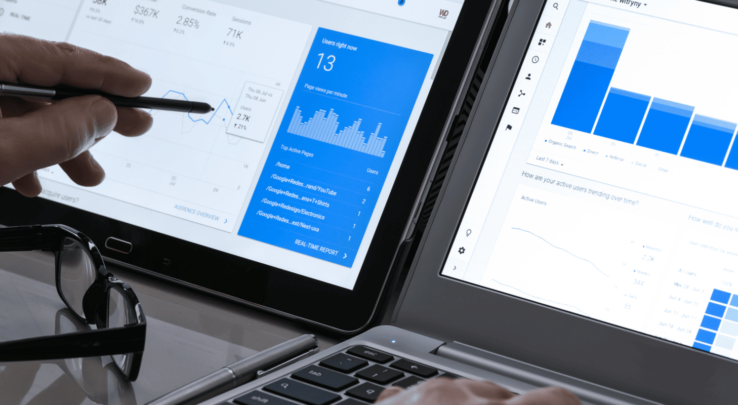
Lead generation accounts on Google Ads have historically been focused on two things: lead volume and CPA goals. Most businesses have a hard CPA target and volume goal based on an assumed lead-to-sale rate that remains static, but then complain about lead quality. What’s a search marketer to do? Optimize towards qualified lead volume rather than overall lead volume.
What Campaign Performed Better?

If we evaluated the campaigns above with the traditional approach to lead gen, Campaign A would get more budget and Campaign B’s budget would get lowered or, if the CPL goal was $10, paused outright and all those marketing qualified leads (MQLs) would be gone If we approach this from a qualified lead perspective, Campaign B is the clear winner. While it drove less leads, more of them were qualified and the Cost/MQL was much lower. Focusing on just lead volume and often vanity CPL targets never tells the full story and often costs us valuable qualified leads that could have meant more revenue.
Stop Treating All Leads The Same
If a lead and a qualified lead are different, then why are we treating them the same within Google Ads? The answer is we shouldn’t. Focusing on CPL goals treats all leads the same which is why we have to move to Cost/Qualified targets. To do this, we have to create additional conversion actions in Google Ads that represent each level of the sales cycle from an initial lead to a closed won sale.
Tracking Lead Quality In Google Ads
Google Ads actually makes tracking these different lead levels fairly simple for us with offline conversion tracking. By collecting Google Click IDs (GCLID) from all leads and storing them in your CRM, you can then import new conversions each time a lead moves to a different lead level. While there are dozens of different ways to achieve that, here’s the simplest:
- Create a hidden field in the landing page contact form for the GCLID
- Create a custom column in your CRM titled “GCLID”
- Update code on each landing page to capture and store GCLID in either local storage or a cookie (that code can be found here)
- Modify the landing page contact form to store the captured GCLID in the newly created hidden field
- Push the GCLID from the hidden field to the custom column in your CRM titled “GCLID”
Once this is set up, you’re ready to start tracking lead quality!
What Can You Do Now?
Now that you’re tracking the different lead levels, you can start optimizing towards lead quality. First, you should change the conversion action(s) that your campaigns are using for any automated bidding. Conversion action sets that include your top 2-3 lead levels are a good way to ensure your campaigns’ automated bidding strategies are focused on driving qualified leads rather than all leads.
Next, you should wait for data to populate and evaluate your campaigns. Are there campaigns that have historically been underfunded, but have high qualified lead conversion rates? Are there keywords that rarely get impressions that drive qualified leads when they do have a chance to convert. You’ll often find that there are tons of missed opportunities because your strategy has been beholden to CPL goals that weren’t driving revenue for the business.
What To Expect
Now that you’re focusing on lead quality rather than lead volume, you can expect a few things to happen: Over time, your lead conversion rate will drop, but your qualified conversion rate will increase. This is because you’re not focusing on overall leads anymore so naturally you’ll see a decrease there. The same goes for CPL. Cost/Qualified Lead will decrease, but it’s very likely you’ll see some increases in CPL as you start to focus elsewhere. There’s a good chance CPCs will also increase as you should be willing to pay a bit more for more qualified clicks and leads.
More Qualified Leads, More Sales, More Revenue
More qualified leads mean the sales team is happier which means they’re closing more deals, which means more revenue for the business. While it may have been fine to focus on lead volume and CPL in the past with the expectation that X% of all leads would close, focusing on driving more qualified leads will not only help increase the number of paid media-driven leads that close, but help grow revenue over time.